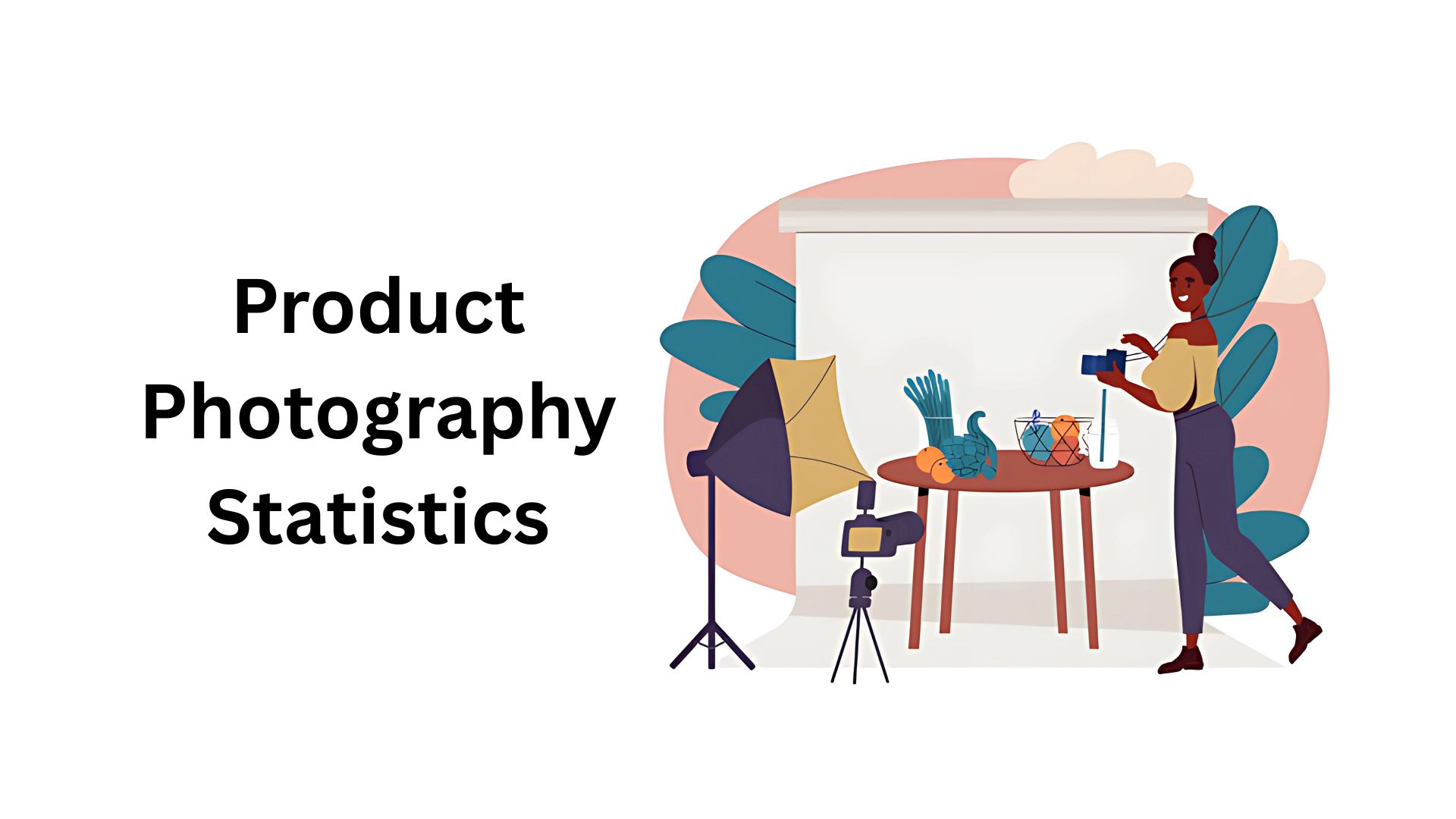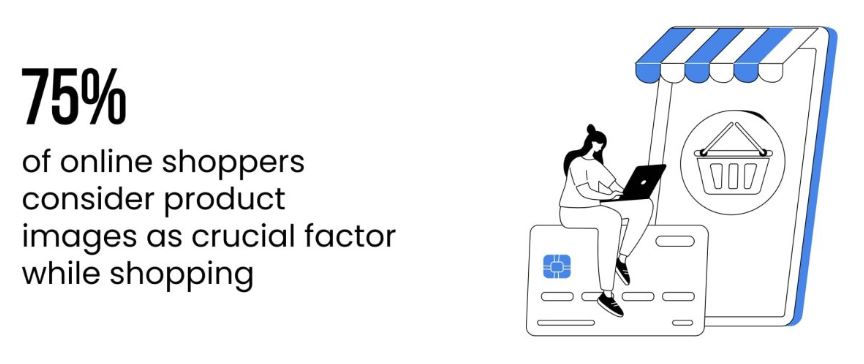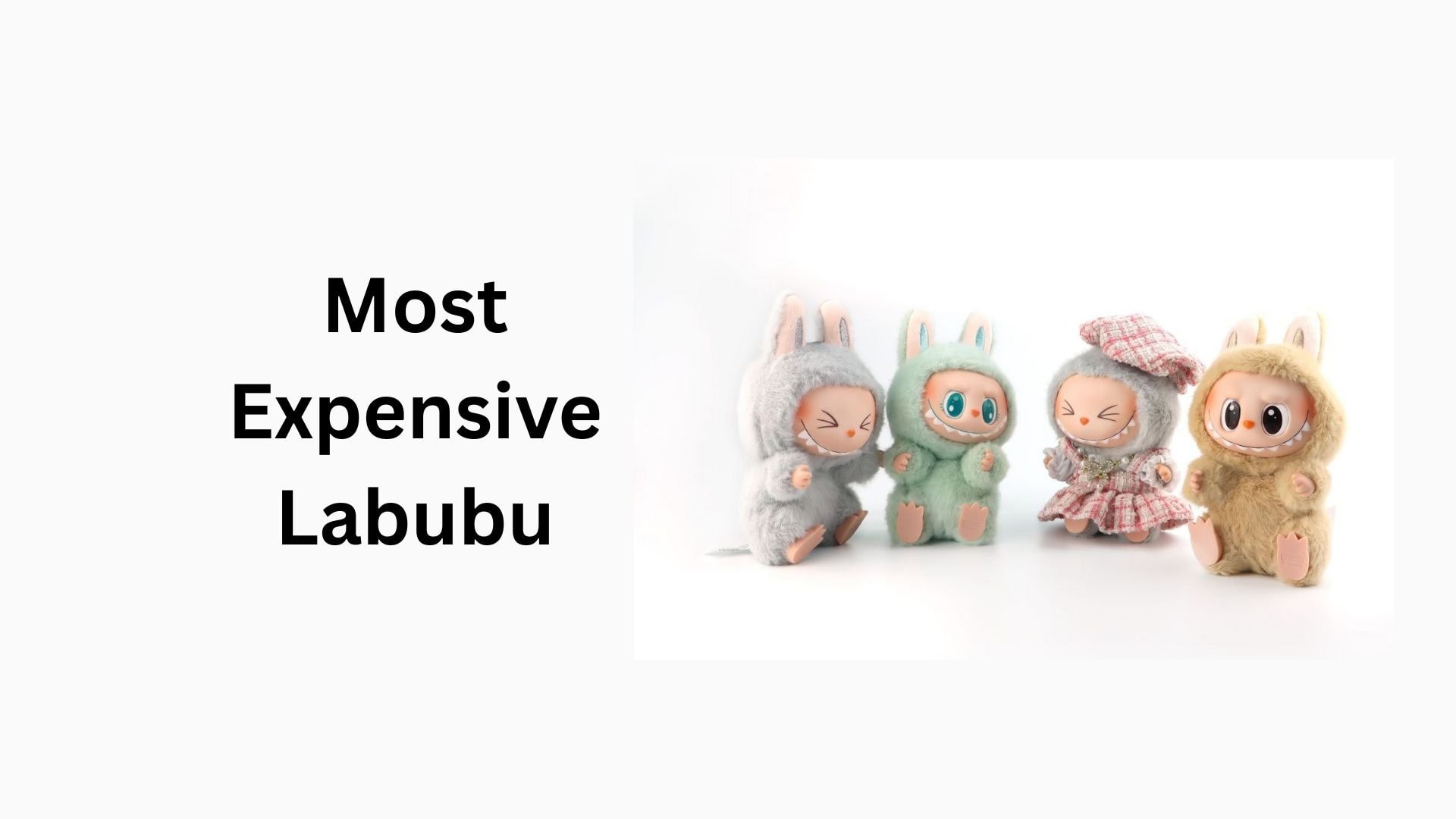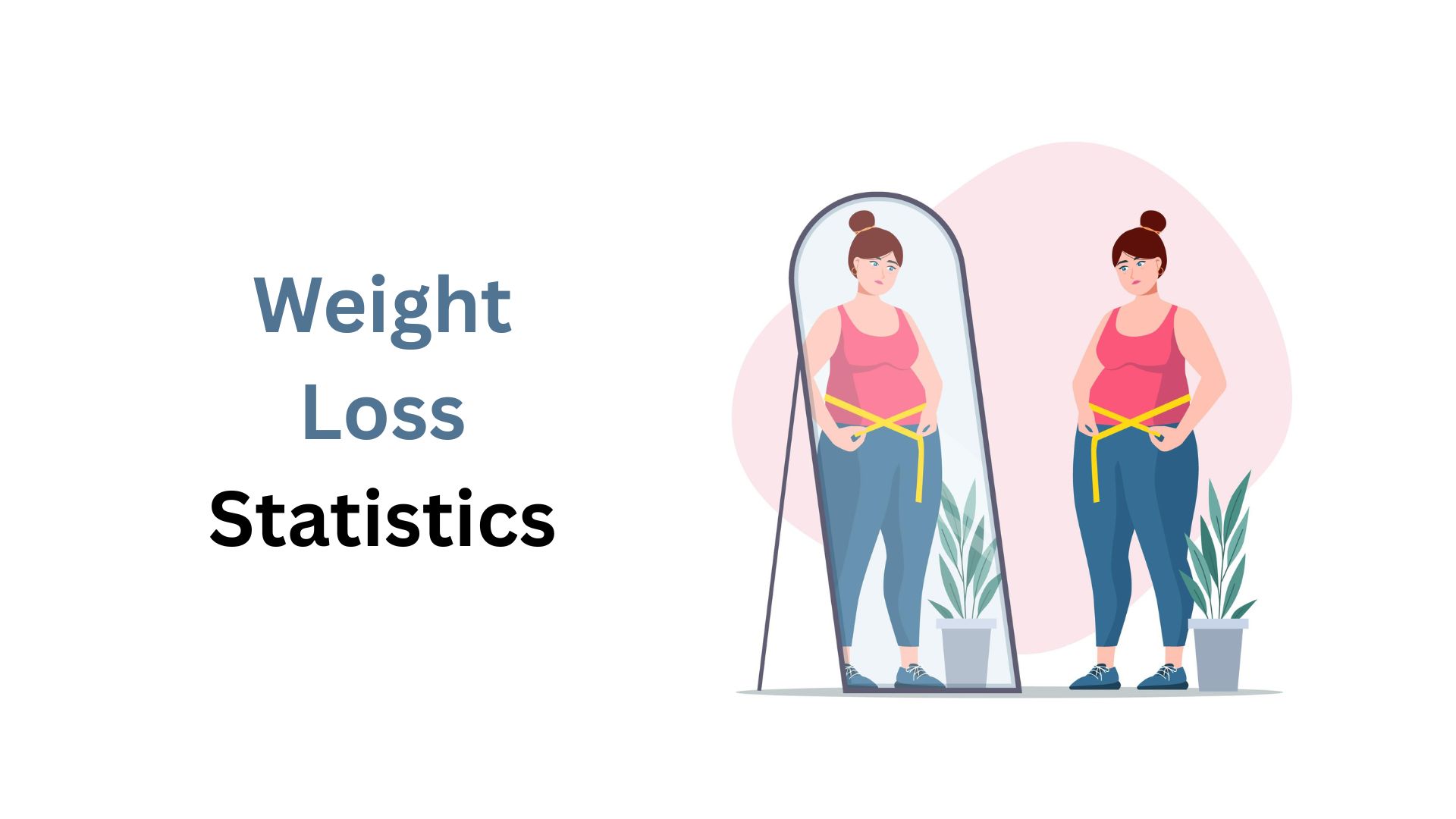Product Photography Statistics By Generation And Facts (2025)
Updated · Jun 25, 2025

Table of Contents
Introduction
Product Photography Statistics: Product photography is now quintessential in today’s Internet world. Informed decisions and sales will be driven by shoppers with clear, sharp, and interactive product images in 2024. The right images build credibility, limit returns, and increase the số lượng of visitors.
This article looks at some of the relevant Product Photography statistics that contribute to conversion increases, return reductions, and technology trends, which are all driving brands to give more importance to product visuals.
Editor’s Choice
- The global commercial photography market is projected at US$5.1 billion value for the year 2025 and would reach US$6.4 billion by the year 2035.
- E-commerce product photography holds around 45% of the commercial photography market, valued at US$163.91 million in 2025, to reach up to US$275.4 million in 2030, with an 11.6% CAGR.
- Europe is the leader in the global photography market with 40% of the share.
- Being an immersive customer experience, 3D photography enjoys over 65% of the total e- commerce photography market share.
- 67% of online buyers rank product image quality first, with product-specific information coming second at 63%, followed by long-form descriptions at 54%, then ratings and reviews at 53%.
- Half of online shoppers prefer images to text, and switching to larger and higher-quality images saw sales increase by 9.46%.
- VR, AR, and 3D visualisation increase conversion rates by 94%.
- A conversion rate increase of 22% and 35% in add-to-cart rates has been achieved through 360-degree images.
- Time spent on product pages increased from 32% to 50% when 360-degree visuals were present.
- About 85% of online grocery shoppers in the US and Canada are influenced by 360-degree visuals; 47% of them spend more time analysing product images.
- 99% of Generation Z, 83% of Generation X, and 77% of Baby Boomers are influenced by user content.
- 76.1% of fashion eCommerce brands went for more than one photography style, while only 51.6% use them on a consistent basis.
- 95.6% used model photography, 57.2% used flat lay and ghost mannequin, and 38.4% used lifestyle imagery.
- User-generated content is the least common at only 1.3%; 29.6% of brands use video, of which 87.2% are on-model videos.
- The faces of 90.3% of their models are shown; only a few brands kept cropping faces partially or entirely.
E-commerce Photography Market Size
- As per Grabon.com, the Product Photography statistics state that the commercial photography market globally boasts an estimated market worth of about US$5.1 billion.
- An expected compound annual growth rate (CAGR) of 2.2% in the next 10 years, this market will probably clock out an estimated US$6.4 billion by the end of this decade.
- Almost 45% of this huge commercial photography market consists of e-commerce product photography, thereby reinforcing the cardinal role that visual content plays in online retail.
- By 2025, the e-commerce product photography segment will hold a valuation close to US$163.91 million. This segment is growing far faster than the broader commercial photography industry, with this segment forecasted to reach US$275.4 million by 2030.
- This translates to a CAGR of 11.6%, given the heightened online shopping, demand for interactive visualisation, and imaging technological developments.
- Geographically, Europe generates almost 40% of the global e-commerce product photography market, hence making it the largest geographical market.
- The 3D photography stands as the biggest application, with more than 65% of the total market share; this comes from being able to afford immersive and very detailed views of the product, instilling confidence in the customer and leading to fewer returns.
Important Factors For Shoppers

(Source: grabon.com)
- Recent Product Photography statistics indicate that product image quality stands as one such factor: 67% of online shoppers consider it very important.
- Crystal-clear, high-resolution images help online buyers to understand what they are getting and to trust the product.
- In detail, 63% of buyers need product-specific information such as the dimensions, material, or technical specifications to determine if it fits their requirements.
- Product description length comes second: 54% of shoppers require a lengthy product description for additional insight into the features and usage.
- Lastly, potential buyers count on 53% of buyers’ ratings and reviews about a product to decide on the assurance of its quality.
- This means that while visuals lead the way, detailed content plus social proof also have an influential role in the buying process.
How High-Quality Product Images Boost Online Conversion Rates
- A product’s high-resolution picture undoubtedly makes all the difference in conversion rates and ecommerce success. Statistics establish that buyers closely associate visual quality with a product.
- A 33% higher conversion rate is seen by a product with clear, sharp images in comparison to products with low-quality visuals.
- Besides converting buyers, these kinds of images also improve SEO by keeping visitors engaged longer with the page.
- Half of the online shoppers worldwide, 50%, prefer to look at product photos instead of reading text descriptions. In many cases, the image quality may even seal the deal for them to buy the product.
- For example, brands recording a 9.46% lift in total sales had replaced small images on their category pages with larger, high-quality ones.
- Next come the high visuals: VR, AR, and 3D product imagery. These also see websites converted 94% more than usual, owing to their immersive and interactive shopping experience that is now the expectation of modern-day consumers.
- Also doing well are the 360-degree product images, which lift conversion rates by 22% and add-to-cart rates by 35%.
- One of the reports indicated that product-viewing time increased from 32% to 50%, implying an 18% uplift consequent to introducing 360-degree visuals.
- 85% of online grocery shoppers in the US and Canada say that the best product visuals, especially 360-degree views, influence their buying decisions.
- Nearly 47% of the online grocery buyers spend extra time analysing product pictures to make sure they are getting the best value.
Product Photography By Generation
| Shoppers by Generation |
No. of Shoppers (in %)
|
| Gen Z | 99% |
| Gen X | 83% |
| Baby Boomers | 77% |
(Source: grabon.com)
- User-generated content, such as customer reviews, photos, and testimonials, holds a significant influence in the purchasing decision of peopl,e whether young or old.
- Among Gen Z shoppers, 99% say they rely on user-generated content online to shop. This generation is attracted to authenticity and tends to look to peer experiences to guide their decision-making process.
- For Gen X, 83% of shoppers agree that user-generated content is important. While they are a little less reliant than Gen Z, they still hold real feedback and visuals from actual customers in high regard.
- Even among Baby Boomers, 77% of shoppers consult user-generated content for making informed purchases.
- In these days, though fewer digital native, a big majority do appreciate the trustworthiness that real customer experiences offer.
- Overall, the data lends support for the statement that user-generated content is a trusted resource for almost every generation.
Product Photography in Fashion eCommerce
- Every prestigious fashion industry online retailer would have put product photography front and centre to elevate the online shopping experience in 2024.
- According to Pixelphant, Product Photography statistics state that about 76.1% of prime fashion eCommerce brands use at least two photography styles to display their products, and 51.6% use those styles for all their listings consistently.
- The most widely used style of photography is that of model photography, used by 95.6% of the brands.
- Flat-lay and ghost-mannequin take 57.2% each, whereas 38.4% of the brands also use lifestyle imagery.
- Only 1.3% of all brands use user-generated content for product display. Video is a growing format as well, with 29.6% of fashion brands providing some form of video content. Of those, 87.2% use on-model videos to present products in motion.
- Regarding presentation styles, 90.3% of brands reveal the face of the model in product photos.
- Very few, however, either crop the model’s face below the nose (3.9%), crop it below the eyes (2.6%), or do not reveal it (3.2%).
- Product aesthetics shadow distribution reveals that shadow images appear in 83.5% of brands and binding consistent shading attributes in 64.4%.
- For picture aspect ratios, 2:3 ranks highest, with 28.6% of fashion brands favouring this ratio. Other ratios include 1:1 (18.6%), 4:5 (15%), and 3:4 (10%), indicating a preference for vertical formats aimed at mobile viewing.
- 61.49% of brands present their images bigger than 1000×1000 pixels; 32.91% size theirs larger than 1500×1500 pixels, and 15.52% put it even bigger than 2000×2000 pixels.
- Most are 72×72 DPI (82.6%), followed by 96×96 DPI (7.7%), and then 300×300 DPI (mostly for canonical outputs). Closer to 75.15% go for a bit depth of 32.
- The preferred image file extension, by 54.2% of fashion e-Commerce brands, is WebP. Others are AVIF (20.4%), JPG (17.2%), JFIF (7%), and PNG (1.3%).
- To ensure faster load time and optimum performance, 57.14% of brands keep their image file sizes below 100 KB.
Conclusion
Product Photography Statistics: In 2024, product photography is a game-changer. High-resolution and interactive visuals significantly improve conversion rates, SEO, and customer engagement, while reducing returns and building brand credibility.
Technologies like 3D, AR, and 360° spins deliver substantial returns—up to + 94% in conversions and + 35 % in add‑to‑cart actions. Whether selling consumer goods or industrial equipment, investing in top-tier visuals is no longer optional—it’s essential for success in today’s digital marketplace.
Sources
FAQ.
Product photography plays a crucial role in driving online sales by helping shoppers make informed decisions. In 2024, high-quality images build trust, reduce product returns, and increase engagement. Clear visuals are the most important factor for 67% of online shoppers, often outweighing product descriptions and reviews.
With a valuation of roughly US$163.91 million as of 2025, the eCommerce product photography market is projected to increase to US$275.4 million by 2030 with a CAGR of 11.6%. The rapid growth can be attributed to the emerging trends in online shopping and the insufficiency of this mutually small industry to provide supply for immersive visuals in 3D and 360-degree photography.
High-resolution product images provide a conversion rate increase of 33%. Websites that upgraded their picture quality to big and bright witnessed a 9.46% increase in sales, and those implementing high-tech innovations such as AR/VR saw conversions rise as high as 94%. 360-degree visuals also gave 22% increased conversion and 35% increase in add-to-cart rate.
User-generated content is largely popular across generations. About 99% of Gen Z members, 83% of Gen X, and 77% of Baby Boomers resort to customer reviews, photos, and testimonials. While the younger crowd considers authenticity and peer input as most important, the older buyers also trust real-world customer experiences.
In terms of fashion eCommerce, 95.6% of the companies undertake some form of model photography, and over 76% carry out photography across multiple styles. 360-degree visuals, videos, and high-res images are getting more common. The most common format being WebP, many brands also keep file sizes below 100 KB to facilitate quick loading. On-model videos/videos with on-models and shadows cast consistently help sell that premium, mobile-friendly presentation.

Maitrayee Dey has a background in Electrical Engineering and has worked in various technical roles before transitioning to writing. Specializing in technology and Artificial Intelligence, she has served as an Academic Research Analyst and Freelance Writer, particularly focusing on education and healthcare in Australia. Maitrayee's lifelong passions for writing and painting led her to pursue a full-time writing career. She is also the creator of a cooking YouTube channel, where she shares her culinary adventures. At Smartphone Thoughts, Maitrayee brings her expertise in technology to provide in-depth smartphone reviews and app-related statistics, making complex topics easy to understand for all readers.









